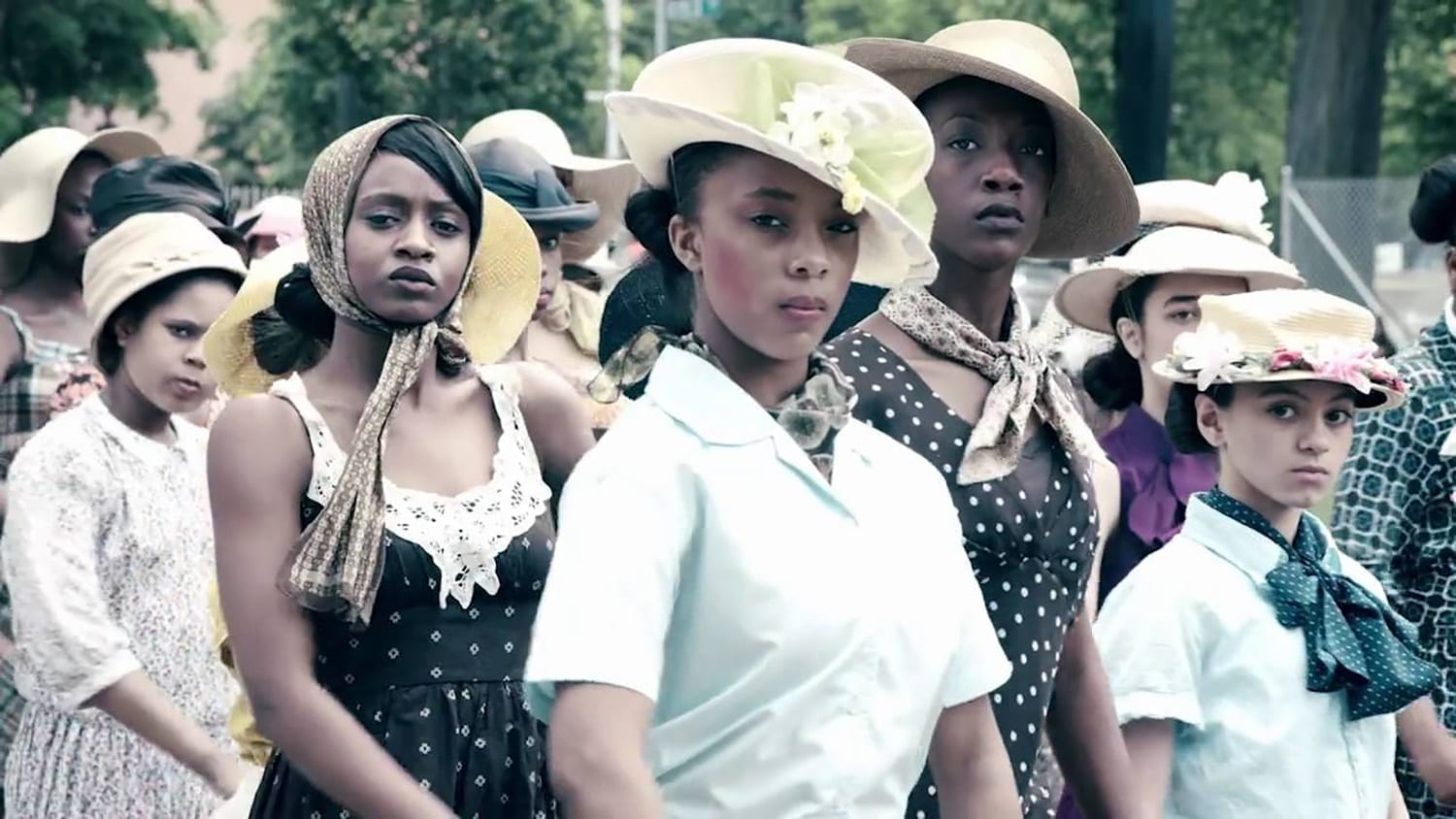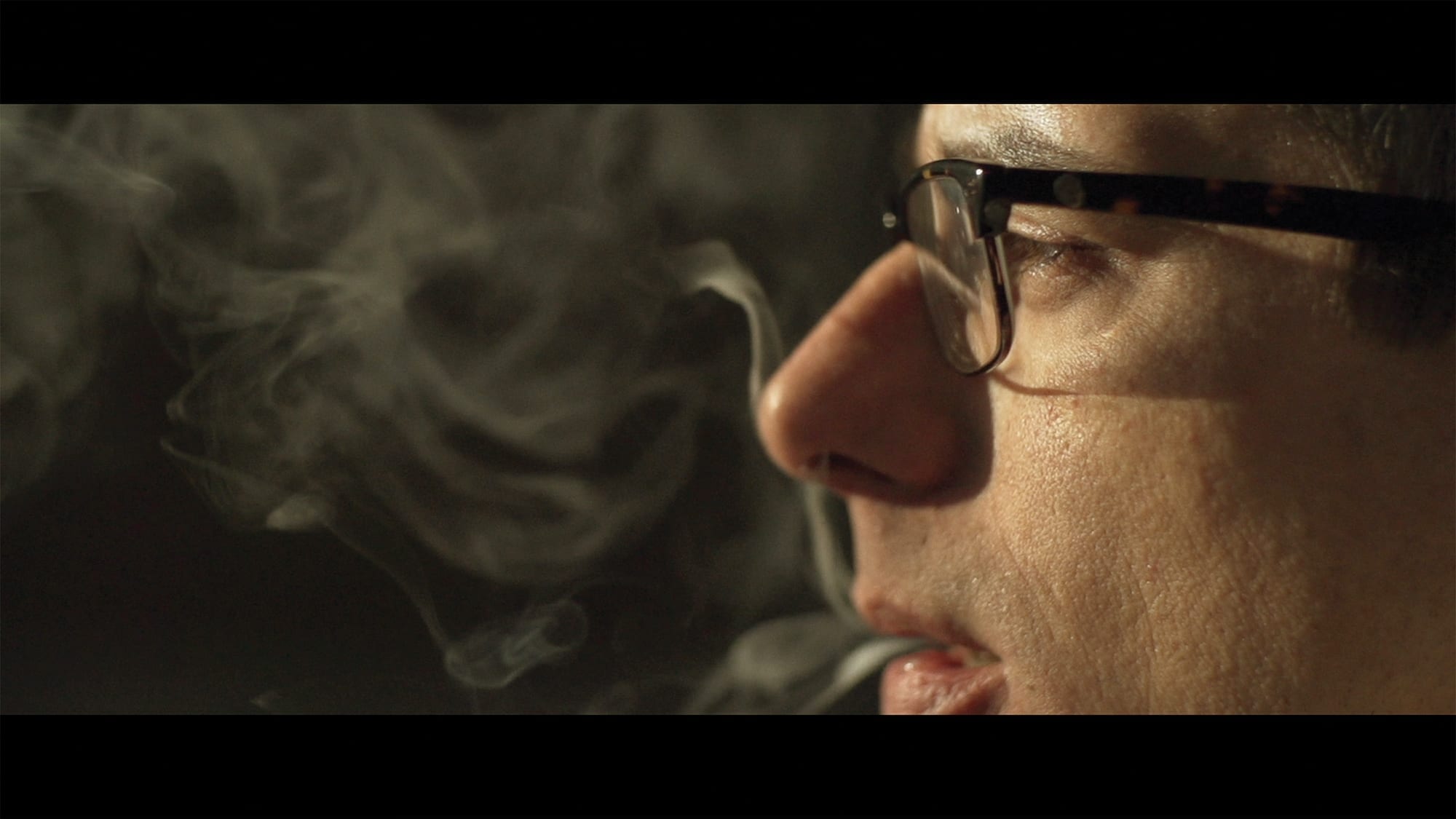
DOCUTAH Encourages Filmmakers to Tell The Story
By Della Lowe
As always, DOCUTAH International Documentary Film Festival™ has a diverse group of films and subjects from all over the world, but it also has films that bring documentary filmmaking to another level, an evolution. There are films which use animation (All the Possibilities); films which use re-creation of events (Alexandre the Fool), films which use performance art (4 Little Girls) to tell powerful stories.
We think of St. George as the Patron Saint of the Documentary. The City has undoubtedly given the DOCUTAH a great home. The Festival provides a pure format – documentary only – combined with an intimate, global, and exciting experience. The question becomes how has documentary evolved from those of past decades.
DOCUTAH has always been on the cutting-edge, accepting films that use many techniques, and to the purist, some may seem not to fit into the strict category of documentary. But they do, and I asked Phil Tuckett, Director of DOCUTAH and Associate Professor of Digital Film, to explain how and why.
“I think there is a school of thought, a traditional view, that documentaries have to be regimented – very straightforward and linear. But you can take advantage of all the new technology. And to me, it’s a beautiful thing to see somebody take a standard form and then vamp on that, do something interesting,” said Phil.
As an example of a film in this year’s Festival, which uses FiLMiC techniques to tell a documentary story, Phil mentioned the film, Alexandre, the Fool. The film was shot by a French-Canadian filmmaker, Pedro Pires, who met a man who was and is schizophrenic. He’d been through hell and back with this mental illness.
“Pires decided that he was going to make a scripted film about this guy’s story but realized nothing he could invent was as good as what this mentally ill person had told him. So, he took that man and made him the actor, in his own story. You can tell, it’s obviously a re-imagined version of the story, but it has the actual person in it and is powerful.”
Phil noted that this does not mean it is okay to falsify a story by shooting something that never really happened. That is not a documentary or effective. If, to make a point, creating a visual and a musical animation, why not bring all the elements together?
Another film that breaks the mold is 4 Little Girls: Moving Portraits of the Civil Rights Movement. Through beautifully choreographed performance art and the use of historical footage, it deepens the audiences’ understanding of the American Civil Rights Movement by using the universal languages of photography, song, and dance to depict stories from the era
“The simple way to say it is, if you’re a filmmaker, you don’t have to put the appellation scripted or documentary filmmaker. You’re a filmmaker using the tools at your disposal to tell your story. But just because you break the rules doesn’t make the film good; however, if you effectively break the rules, that’s the kind of film that we would welcome and DOCUTAH, anytime,” Phil noted.
And that’s it; that’s what DOCUTAH reaches for. We get hundreds of films. How are you going to whittle it down? It’s the 67 best stories that were told, in whatever method they’re told.
The opening film this year on Nov 2nd is an upbeat, fun film, “Into the Fire: A Utah Boy’s Life in the Blues, which is followed by a blues performance by the band in the film. The Festival runs from November 2 – 7 at the Megaplex Pineview Theaters and is free for students.




